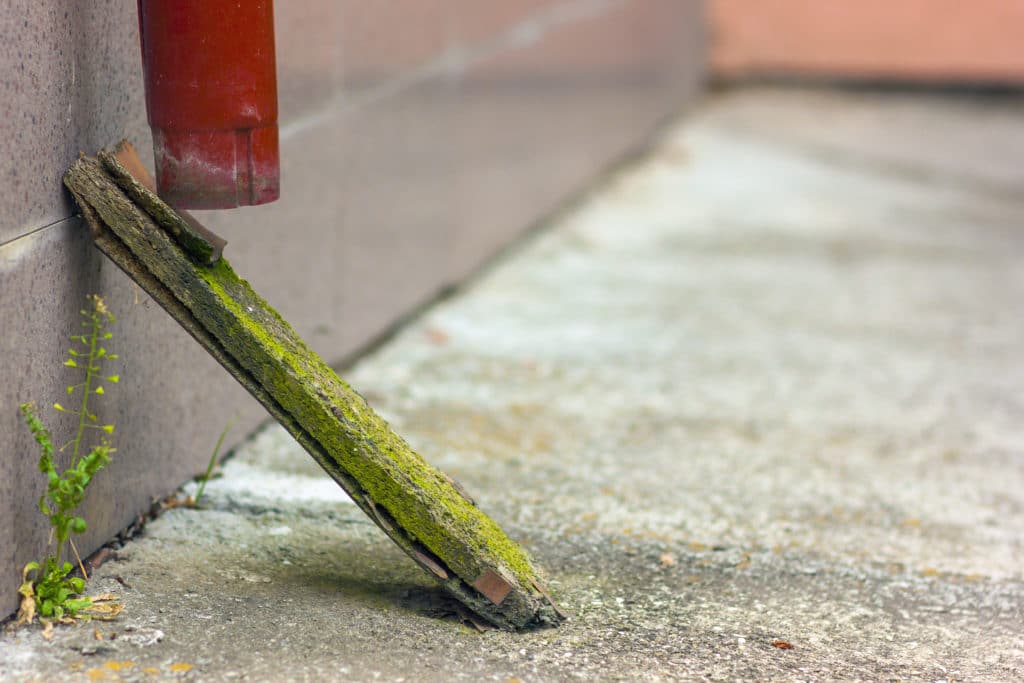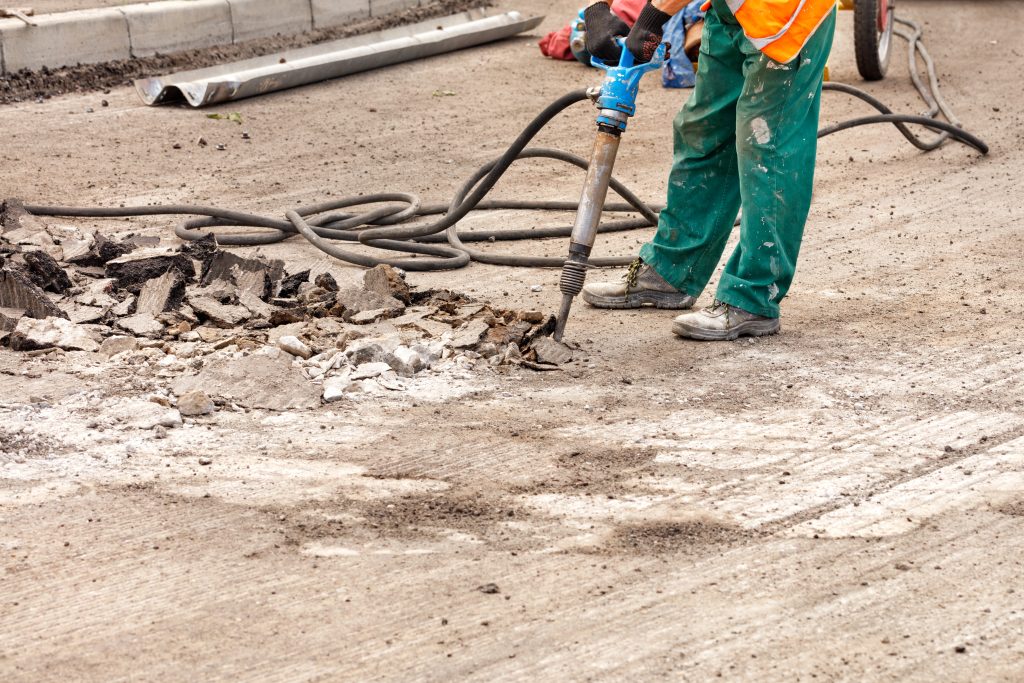Uneven concrete slabs pose both a safety risk and an aesthetic challenge in residential and commercial spaces. Over time, factors such as soil settlement, heavy loads, and extreme weather conditions can cause concrete to crack, sink, or rise, leading to an uneven surface. Addressing this problem promptly can help prevent accidents, improve functionality, and even enhance property value.

There are several methods for repairing an uneven concrete slab, ranging from complete replacement to more cost-effective repairs like concrete lifting foam injection or grinding down high spots. The choice of method will depend on the severity of the unevenness, the state of the existing slab, and other situational factors such as location and budget constraints.
Repairing an uneven slab is a task that can sometimes be managed by a skilled DIY enthusiast, especially when the issue is minor and localized. However, for larger or more complex problems, contracting professional services is advisable to ensure durability and compliance with local building codes. The type of repair chosen should provide a long-term solution that brings the slab back to level, safeguarding both the usability of the concrete surface and the safety of those using it.
Understanding Uneven Concrete Slabs

When addressing the issue of uneven concrete slabs, it is crucial to recognize the underlying causes and potential risks involved. Detailed knowledge helps in formulating effective repair strategies.
Causes of Unevenness
The primary causes of uneven concrete include:
- Settling: Over time, soil beneath the concrete slab can settle, leading to a dip or a drop in sections of the concrete.
- Erosion: Water flow can wash away the ground supporting the slab, creating voids that lead to unevenness.
- Tree roots: The growth beneath the slab can push up sections, creating an uneven surface.
- Foundation problems: Shifting or degradation of the foundation can result in uneven slabs.
- Cracks: Small cracks can expand and cause segments of the concrete to become uneven.
Hazards and Complications
The risks associated with uneven slabs encompass both safety and structural concerns:
- Tripping hazard: Uneven surfaces pose a risk for individuals to trip and fall, which can lead to serious injuries.
- Water damage: Improper drainage due to uneven slabs can cause water to pool, leading to further erosion or damage to surrounding structures.
- Foundation damage: If the slab is part of the main structure, uneven slabs can indicate or lead to more severe foundation problems.
Repair methods must be chosen after careful assessment to ensure long-term stability and safety.
Preparation for Repair

Before attempting to repair an uneven concrete slab, one must thoroughly prepare. This preparation involves a careful assessment and acquiring the appropriate tools and materials. A successful repair hinges on meticulous initial groundwork.
Assessment and Inspection
Initial assessment should involve a detailed inspection of the concrete slab to determine the extent of the unevenness. One should check for any cracks, signs of sinking, or underlying issues that may have caused the slab to become uneven. Identifying moisture is also important, as it can indicate underlying problems that need addressing before the repair begins.
Gathering Necessary Tools and Materials
After assessing the area, the next step is to gather all the necessary tools and materials required for the repair. Here’s a concise list for reference:
- Tools:
- Level: To measure the evenness of the slab.
- Hammer and Chisel: For removing any loose concrete.
- Vacuum: To clean out debris and ensure a clean work area.
- Trowel: For spreading repair material.
- Materials:
- Concrete Repair Compound: To fill in gaps and level out uneven sections.
- Sealant: For sealing the repaired area to prevent moisture seepage.
- Safety Gear: Including gloves and eye protection.
It’s imperative that anyone engaging in concrete repair exercises a degree of expertise, ensuring the slab is not only visually appealing but also structurally sound post-repair.
Concrete Slab Repair Techniques

When an uneven concrete slab becomes a tripping hazard or diminishes the aesthetics of a space, specific repair techniques can be employed to address the issue effectively. Each method varies in application and is suitable for different forms of concrete unevenness.
Using Self-Leveling Compounds
Self-leveling compounds are a go-to solution for minor discrepancies in level. They consist of a flowable material that spreads across the existing concrete surface and fills in low areas to create a flat, even surface. For successful application, the existing concrete must be cleaned and primed. Once the self-leveling compound is poured, it requires a smooth tool to spread it evenly before it sets, offering a quick and straightforward fix for uneven surfaces.
Slab Jacking Method
For more significant unevenness where lifting the slab is necessary, slab jacking, also known as mudjacking, is a highly effective method. During this process, a series of holes are drilled into the concrete, and a slurry mixture is pumped underneath the slab. As the mixture fills the voids, it exerts upward pressure, lifting the concrete to its desired level. The material then hardens to stabilize the slab. Slab jacking can correct large areas of sinking concrete and is both a cost-effective and durable repair technique.
Grinding Uneven Concrete
Concrete grinding is a method used to remove the high points on an uneven surface, thus leveling out the slab. Specialized grinding machines are used to gradually remove layers of the concrete surface. Accurate and repeated grinding ensures the high spots are reduced to match the surrounding levels. The process requires checking progress with straightedges or laser levels and may also necessitate subsequent patching of larger voids or cracks exposed during the grinding. This technique is ideal for surfaces where only parts of the concrete are raised, and the rest of the slab is stable and level.
Finishing and Post-Repair

Full length of male worker using troweling machine while screeding floor in new building. Man in shorts finishing concrete surface with floor screed grinder machine at construction site.
Once the concrete is leveled, the task enters the crucial phase of finishing and ensuring long-term resilience. This involves processes that help protect the repaired surface and extend its life.
Applying Finishing Coats
To provide a smooth, professional finish to the concrete surface, applying finishing coats is essential. One begins by ensuring all gaps are filled properly with the correct adhesive. Then, a finishing coat is applied using a trowel for evenness or a broom for a non-slip texture.
Curing and Sealing
After the finish is applied, the concrete requires a specific drying time to cure. This period is vital as it determines the strength and durability of the material. Once cured, a sealer must be applied to the surface to create a protective layer, which helps to safeguard against moisture and wear.
Preventing Future Unevenness
Maintenance is key to preventing future issues with an uneven slab. Regularly checking for cracks and applying a sealer can extend the life of the concrete. It is also recommended to monitor the surrounding area to ensure that water drainage does not compromise the integrity of the slab.
Costs and Considerations
When evaluating the cost and considerations for fixing an uneven concrete slab, one must account for the extent of unevenness, the chosen repair method, and the potential need for professional services. The following subsections delve into specifics regarding estimating repair costs, deciding whether to replace or repair the slab, and the importance of hiring professionals.
Estimating Repair Costs
Repair costs for uneven concrete slabs can vary widely based on the severity of the issue and the chosen repair method. For minor adjustments, a concrete leveling compound may suffice, which is typically less costly and is a quick installation. In cases where a slab is severely uneven, raising the concrete through a process like slabjacking or polyurethane foam injection could be more beneficial, though the costs are higher due to material and labor. One can expect the cost range to start from a few hundred dollars for smaller jobs, to several thousand for extensive repairs.
When to Replace vs. Repair
Deciding whether to replace or repair a concrete slab hinges on several factors. Small cracks and slight unevenness often make repair a more cost-effective and less intrusive option. However, if the slab poses a significant safety hazard or has substantial damage such as wide, deep cracks or severe displacement, replacing it could be the more durable solution in the long term. Replacement involves removing the old slab, preparing the site, and pouring new concrete, ensuring a level position and mitigating tripping risks.
Hiring Professionals
Hiring professionals for concrete repair or replacement can provide substantial benefits, including expert assessment, precision in leveling, and avoiding the liabilities associated with DIY attempts. Professional contractors bring experience to assess the underlying causes of unevenness and address them appropriately. They also reduce the likelihood of future issues, such as further cracking or safety hazards. When seeking a contractor, obtaining multiple estimates and verifying their credentials and customer reviews is advisable to ensure quality and cost-effectiveness.

 CALL US NOW
CALL US NOW



